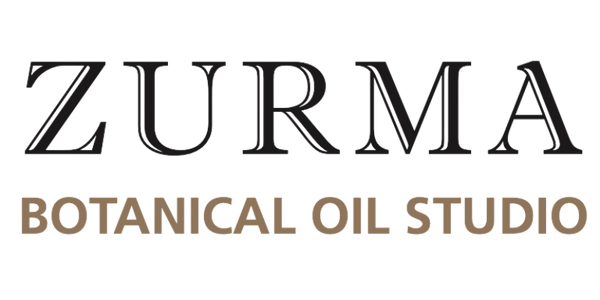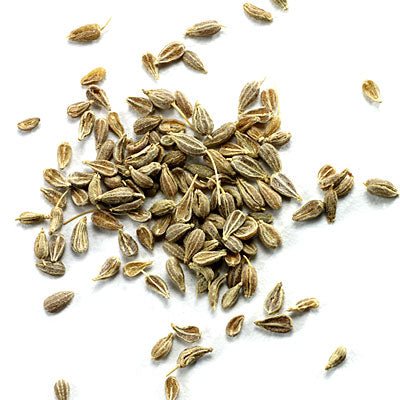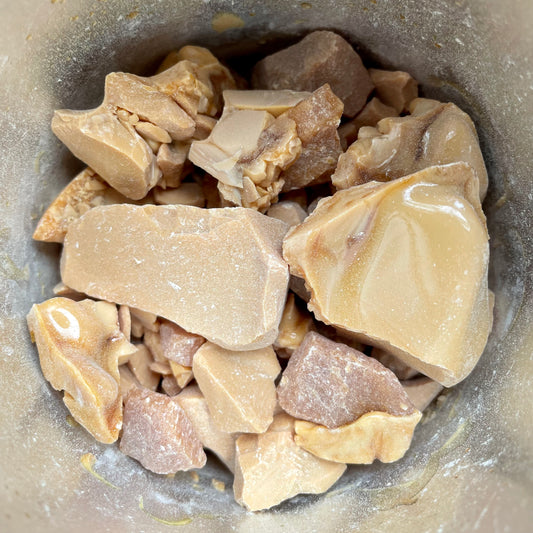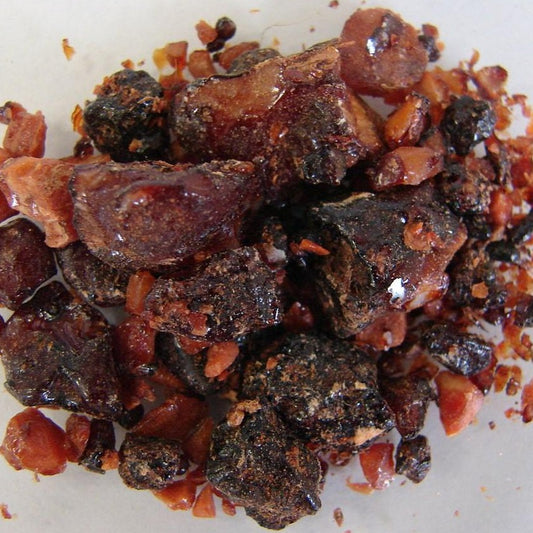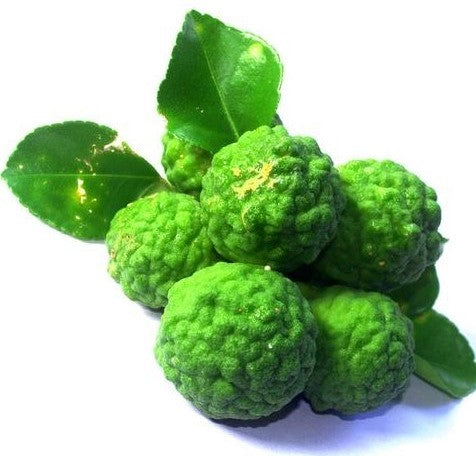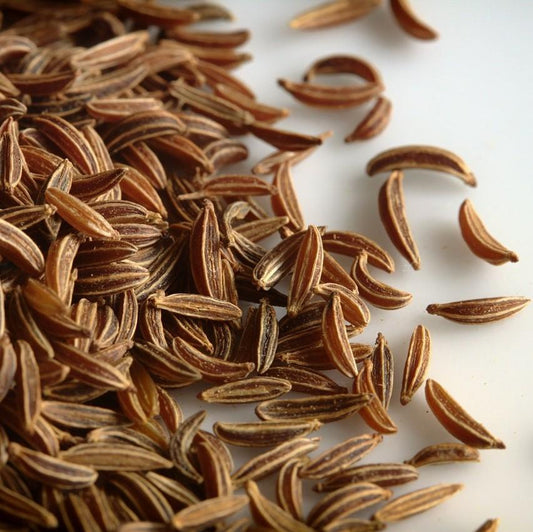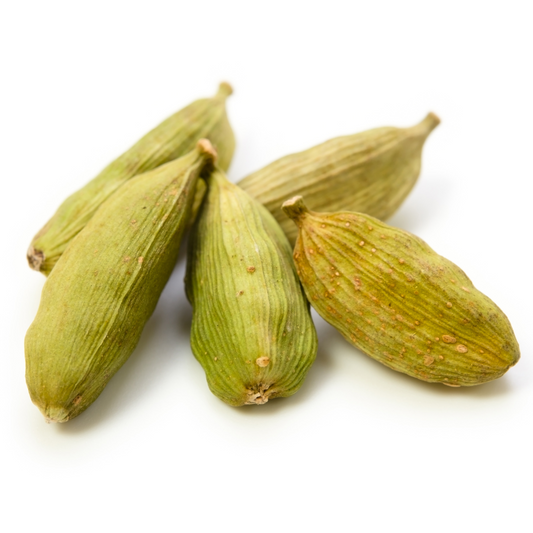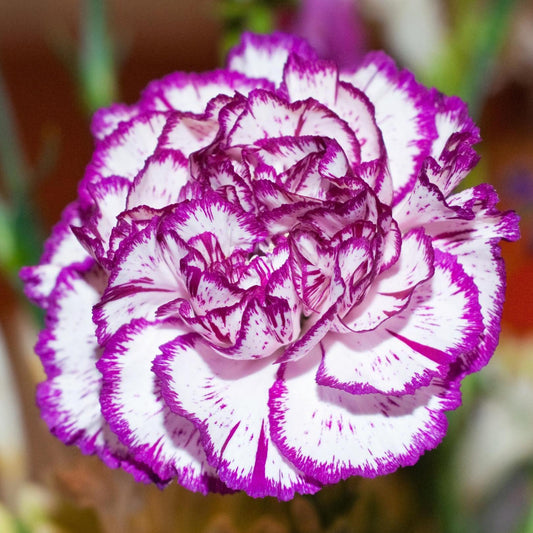Essential Oil Health & Safety
Essential oils are powerful substances that need to be used carefully and wisely. They are natural chemicals extracted from plants. However, because they are natural chemicals doesn’t always mean they are necessarily safe as this depends on how they are used, the frequency and the quantity used.
Using essential oils in your lifestyle shouldn't cause fear or undue worry, but it is important to learn about, understand and heed essential oil safety guidelines. By doing so, you will be well on your way to safely enjoying the many benefits that essential oils and aromatherapy can offer. These essential oil safety guidelines are intended as a helpful introduction, but they should not be considered a complete reference for the proper use of essential oils
Essential oils can have a cumulative effect where the chemicals build up in the body’s systems. With some health conditions, this is a positive outcome, but if used incorrectly and over time, this can cause adverse reactions and if not addressed, this can lead to a lifetime of sensitisation.
Essential oils can be used for their beautiful aroma to help provide emotional and psychological relief and/or enhancement of moods. They can also be used to help relieve and treat health conditions e.g. when there is a need, to provide relief from non-life threatening health conditions. Self-treatment has its place, but it also has its limitations. You can treat yourself for simple, common ailments using essential oils, but for long term, or deep-seated problems, you will need to seek professional advice from a qualified aromatherapist.
The information provided on this page on how to safely use essential oils are general guidelines only and more specific safety information for the individual essential oils safety profiles can be found on the Zurma website or by getting professional advice from a qualified aromatherapist. Particularly if you are on long term medication/s as there can be interactions and side effects.
Phototoxicity
Certain essential oils can cause a skin reaction when exposed to the sun, known as photosensitivity or phototoxicity. This can result in blistering, severe sunburn, or long-term changes to skin colour. Citrus oils are the most common cause of this reaction, but not all citrus oils are phototoxic. Mandarin, wild orange/sweet orange, tangerine, and steam-distilled lemon and lime oils are not phototoxic. However, bergamot, grapefruit, bitter orange, cold-pressed lemon and lime oils are phototoxic. It should be noted that the level of phototoxicity varies among these oils, with bergamot being the most potent. Here is the maximum number of drops per 30ml of carrier oil for phototoxic citrus oils before causing a reaction:
- Bergamot: 1 drop
- Cold-pressed lime: 4 drops
- Bitter orange: 8 drops
- Cold-pressed lemon: 12 drops
- Grapefruit: 24 drops
To use phototoxic citrus oils safely on skin that will be exposed to the sun, it is recommended to use fewer drops than the recommended maximum, wear sun-protective clothing, diffuse the oil instead of applying it topically, or use it in a product that will be washed off.
Dilution for Topical use
Essential oils should only be applied onto the skin after being sufficiently diluted in a nut or seed carrier oil. The latest research has found that undiluted essential oils should not be applied directly onto skin due to the potential by some people to experience an inflammatory skin reaction or develop an inflammatory reaction over a period of time. Below are general guidelines for the safe dilution of essential oils for adults and children as recommended by the Tisserand Institute:
Adult Use Dilution Range
Facial Cosmetics - 0.2% – 1.5%
Body Massage - 1.5% – 3%
Bath & Body Products - 1% – 4%
Specific Problems - 4% – 10%
Pain or Wounds - 5% – 20%
Children Ages Dilution Range
Up to 3 Months - 0.1% – 0.2%
3-24 Months - 0.25% – 1%
2-6 Years - 1% – 2%
6-15 Years - 1.5% – 3%
15 or Older - 2.5% – 5%
Essential Oil Dilution Rates in a Nut or Seed Oil
The information below gives a general indication of the number of drops of essential oil it takes to achieve a dilution per-centage of up to 5% in a nut or seed oil depending on the size of the bottle.
10ml bottle - 1 drop = 0.5% / 3 drops = 1% / 6 drops = 2% / 9 drops = 3% / 12 drops = 4% / 15 drops = 5%
20ml bottle - 3 drops = 0.5% / 6 drops = 1% / 12 drops = 2% / 12 drops = 2% / 18 drops = 3% / 24 drops = 4% / 30 drops = 5%
50ml bottle - 7 drops = 0.5% / 15 drops = 1% / 30 drops = 2% / 45 drops = 3% / 60 drops = 4% / 75 drops = 5%
100ml bottle- 14 drops = 0.5% / 30 drops = 1% / 60 drops = 2% / 90 drops = 3% / 120 drops = 4% / 150 drops = 5%
One of the common myths around essential oils is that any inflammatory skin reaction from applying them directly onto the skin is only a “detox” process. However, such a reaction is not likely to be a detoxification response as it simply indicates that the oil should not be applied undiluted onto the skin. It is safest to only apply essential oils on the skin after they have been sufficiently diluted.
Another common myth is that it is only impurities in an essential oil that can cause an inflammatory skin reaction. However, while impurities or adulterated oils could increase the risk of an adverse reaction the same types of adverse reactions can also happen with perfectly natural essential oils.
“The simple fact is, undiluted essentail oils and risk are directly linked, and this is a well-known phenomenon in dermatology and toxicology.” - Robert Tisserand.
Need Help to Calculate your Blend? Try our Dilution Calculator
Diffusion Into The Air
Essential oils can be safely diffused into the air using Zurma ultrasonic diffusers or any other type of diffuser. It is healthiest to only diffuse essential oils for 60 minutes with a 60-minute break, then repeat if necessary, for adults. For babies and children, the diffusion time is 30 minutes with a 60-minute break, then repeat if necessary.
This is not only safer, but it is also more effective as both our bodies and our nervous system habituate to essential oils after this period of time. It is also advisable to allow a source of fresh air into the room/s where diffusion is being carried out.
Diffuse essential oils when there is a need, for a purpose. Overuse can potentially lead to adverse reactions. It is not safe to diffuse essential oils in public places, such as day-care centres, schools, waiting rooms etc. This is because there is a lot to consider when using essential oils, age, health conditions, pregnancy and people simply cannot gather that type of information for everyone they are diffusing around.
Diffuser Amounts:
1-2 drops for babies between 3 & 12 months
2-3 drops for babies 12 months to 6 years
4 drops for children 6-12 years
4-8 drops for adults
Steam Inhalation
Essential oils can be added into a bowl of steaming hot water and inhaled. However, it is advisable that this is for no longer than 15-20 minute periods at a time.
Baths
One of lifes great pleasures can be relaxing in a warm bath that has had essential oils added to it to aid the relaxation process. However, essential oils and water do not mix by themselves as the tiny droplets on the surface remain effectively undiluted. Lowering oneself onto these droplets of undiluted essential oil can result in a serious adverse reaction to ones genital areas which is best avoided, particularly with children.
The best way to use essential oils in a bath is to dilute them into an emulsifying agent first such as Zurma's Castille Soap. However, for anyone who might have sensitive skin, such as children or those with a skin disease, then it is probably best to avoid using essential oils in a bath.
Ears
The only safe way to use essential oils with ears is to put a drop or two of oil onto a cotton wad. This wad should only be partailly inserted into a ear so that it does not get close to touching the ear drum.
Eyes
Essential oils must not be used in the eyes even if they have been diluted as this will cause a chemical burn and may result in temporary blindness or worse.
Epilepsy
When it comes to essential oils and epilepsy, it's important to be mindful of the potential risks. Essential oils can be powerful and beneficial, but they can also be dangerous if not used properly. We recommend that people with epilepsy should consult with a qualified aromatherapist before using certain essential oils such as Sage, Rosemary, Camphor, Hyssop, Tansy, Wormwood, Nutmeg, thujone-containing oils, Eucalyptus, Spike lavender, Peppermint, Lemongrass, Aniseed, Bay, Ho Leaf, Caraway, and Juniper.
Essential Oils should not be Ingested Orally
It is recommended that essential oils are not ingested at all unless it is done so under the guidance of a qualified medical practitioner. For example, Lemon essential oil has therapeutic values, but it is also great when used as a household disinfectant in a soapy solution of water as it helps dissolve grease and grime. As such, orally taking Lemon essential oil poses a severe risk of irritating or damaging the mouth or stomach lining. All the positive benefits of essential oils can be gained without needing to ingest them as outlined in points 1-5 above.
This includes using in food & beverages. When aromatics are used in the food and beverage industry, they are typically deterpenated or rectified, as such they are not essential oils as we know it and for good reason. These methods are what makes them safe for human consumption in food and beverages. This is something many do not understand, but it is important for anyone being told to put oils in their food or water.
Essential Oil Safety with Pets
It needs to be kept in mind that most animals we keep as pets (e.g., cats and dogs) have a much more developed sense of smell than humans do. As such, they can be overwhelmed or adversely affected by essential oils if they are over exposed. It pays to be mindful that when diffusing essential oils that your pet may not appreciate being in the same room as you while oils are being diffused into the air. They will need to have easy access to an environment they can freely move to so they avoid any smells they might not like.
The use of essential oils for animal health is a specialised field in itself that requires detailed study in order to do it safely. For further information on this topic check out the book: Holistic Aromatherapy for Animals: A Comprehensive Guide to the Use of Essential Oils and Hydrosols with Animals by Kristen Leigh Bell.
General Safe Use Recommendations
It needs to be kept in mind that a persons current state of health also needs to be taken into account before using an essential oil for the first time. If they are pregnant, have epilepsy, asthma or an existing skin condition then it would be advisable to consult with a qualified aromatherapist before using pure essential oils. Also some essential oils can be particulary strong and more likely to elicit a negative reaction than others, for example, lemongrass, clove, thyme or cinnamon bark. It is recommended that the product description on the Zurma website or other reputable source of essential oil information is consulted before using an essential oil. The standard industry reference text that Zurma Botanical Oil Studio uses and recommends is:
Health & Safety Reference Book:
Tisserand, R & Young, R. (2014). Essential Oil Safety: A Guide for Health Care Professionals. Churchhill Livingstone (Elsevier).
Shop Essential Oils
-
Allspice Essential Oil
Regular price From $24.15Regular priceUnit price / per$0.00Sale price From $24.15 -
Ambrette Seed (Musk) CO2
Regular price From $77.20Regular priceUnit price / per$0.00Sale price From $77.20 -
Amyris Essential Oil (West Indian Sandalwood)
Regular price From $20.25Regular priceUnit price / per$0.00Sale price From $20.25 -
Aniseed Essential Oil
Regular price From $18.70Regular priceUnit price / per$0.00Sale price From $18.70 -
Basil Sweet ct. Chavicol Essential Oil
Regular price From $23.65Regular priceUnit price / per$0.00Sale price From $23.65 -
Basil Sweet ct. Linalool Essential Oil
Regular price From $37.65Regular priceUnit price / per$0.00Sale price From $37.65 -
Bay Laurel Essential Oil
Regular price From $21.85Regular priceUnit price / per$0.00Sale price From $21.85 -
Bees Wax Absolute
Regular price From $30.70Regular priceUnit price / per$0.00Sale price From $30.70 -
Benzoin Absolute
Regular price From $15.10Regular priceUnit price / per$0.00Sale price From $15.10 -
Benzoin Resin Essential Oil
Regular price From $25.10Regular priceUnit price / per$0.00Sale price From $25.10 -
Benzoin Sumatra Liquid Resinoid Oil
Regular price From $17.30Regular priceUnit price / per$0.00Sale price From $17.30 -
Bergamot Bergaptene Free Essential Oil
Regular price From $28.65Regular priceUnit price / per$0.00Sale price From $28.65 -
Bergamot Essential Oil
Regular price From $22.25Regular priceUnit price / per$0.00Sale price From $22.25 -
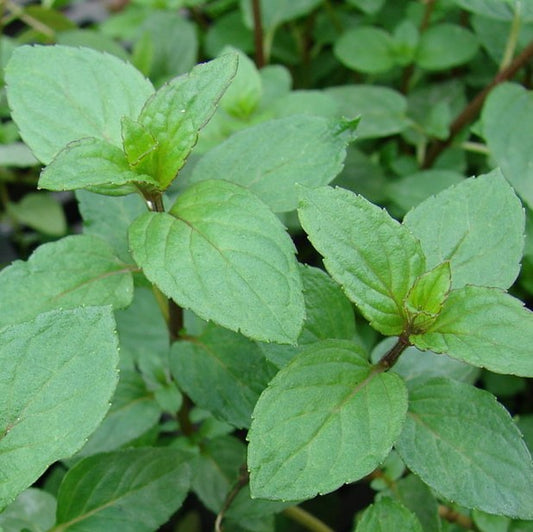 Sold out
Sold outBergamot Mint Essential Oil
Regular price $12.75Regular priceUnit price / per$25.50Sale price $12.75Sold out -
Birch Sweet Essential Oil
Regular price From $23.75Regular priceUnit price / per -
Blackcurrant Bud Absolute
Regular price From $16.55Regular priceUnit price / per$0.00Sale price From $16.55 -
Blood Cedarwood Essential Oil
Regular price From $16.80Regular priceUnit price / per$0.00Sale price From $16.80 -
Blue Tansy Essential Oil
Regular price From $21.90Regular priceUnit price / per$0.00Sale price From $21.90 -
Bran Absolute
Regular price From $26.30Regular priceUnit price / per$0.00Sale price From $26.30 -
Cajeput Essential Oil
Regular price From $16.55Regular priceUnit price / per$0.00Sale price From $16.55 -
Calendula CO2
Regular price From $20.70Regular priceUnit price / per$0.00Sale price From $20.70 -
Camphor White Essential Oil
Regular price From $15.65Regular priceUnit price / per$0.00Sale price From $15.65 -
Caraway Seed Oil Essential Oil
Regular price From $20.25Regular priceUnit price / per$0.00Sale price From $20.25 -
Cardamon Essential Oil
Regular price From $32.80Regular priceUnit price / per$0.00Sale price From $32.80 -
Carnation Absolute
Regular price From $19.20Regular priceUnit price / per$0.00Sale price From $19.20
